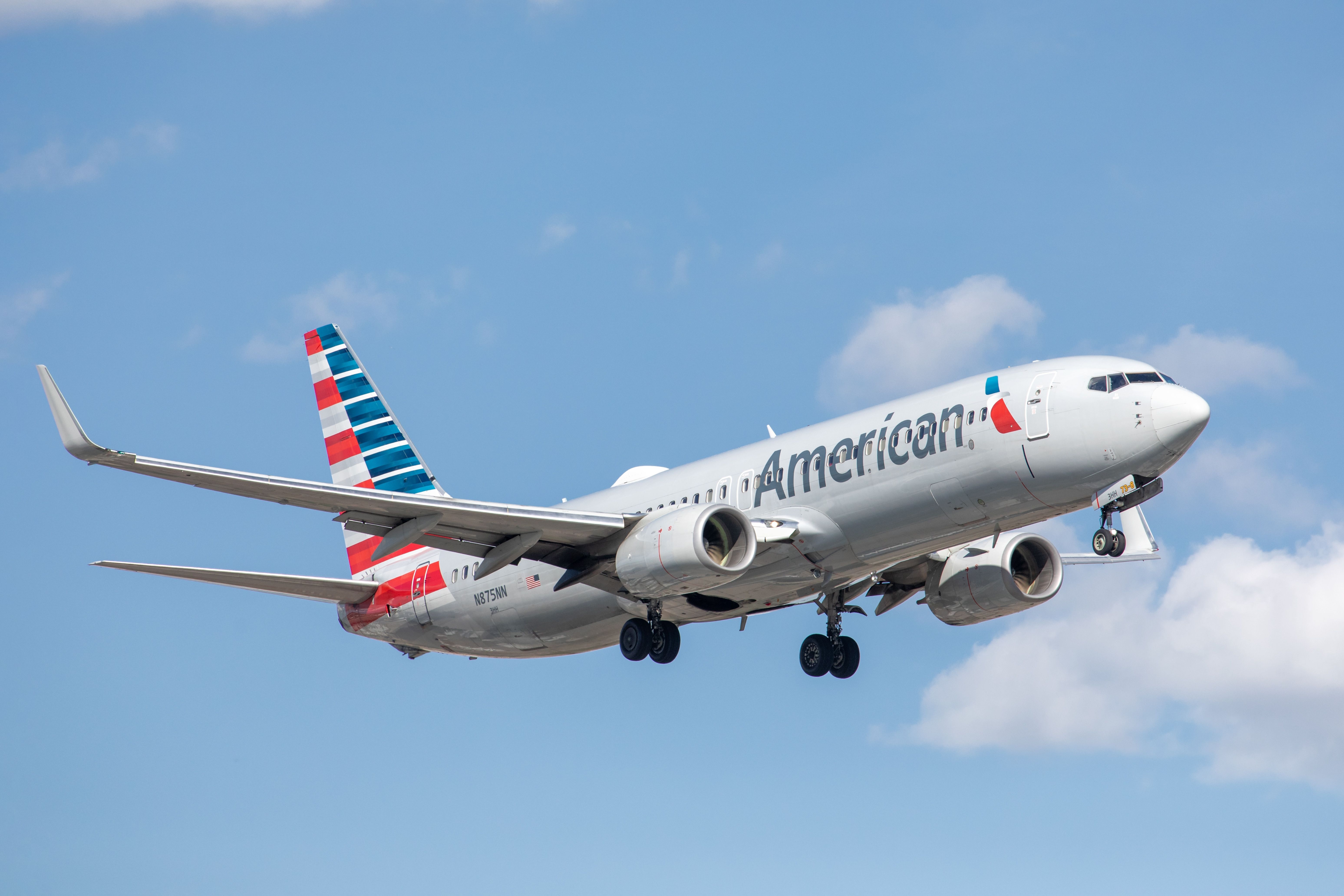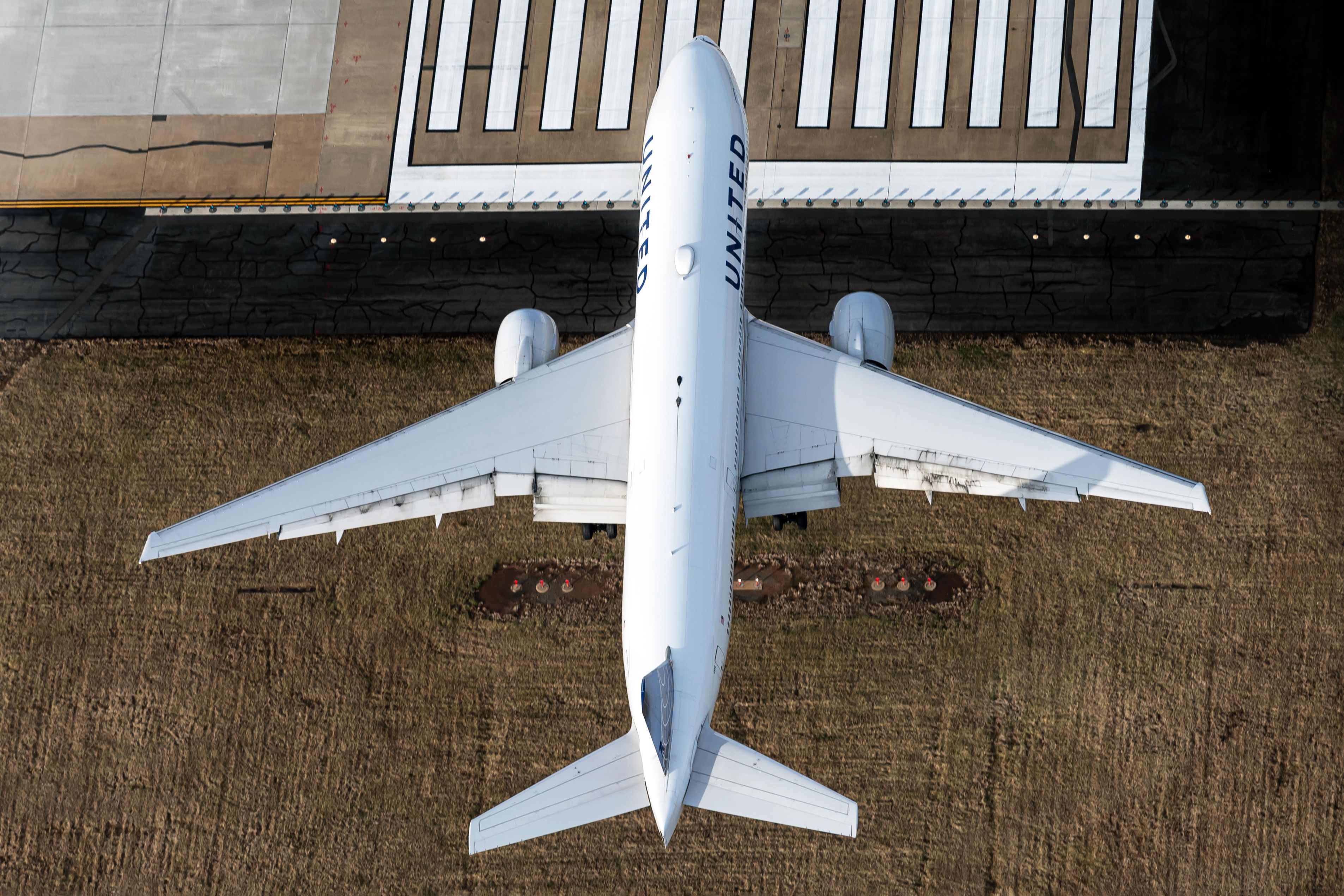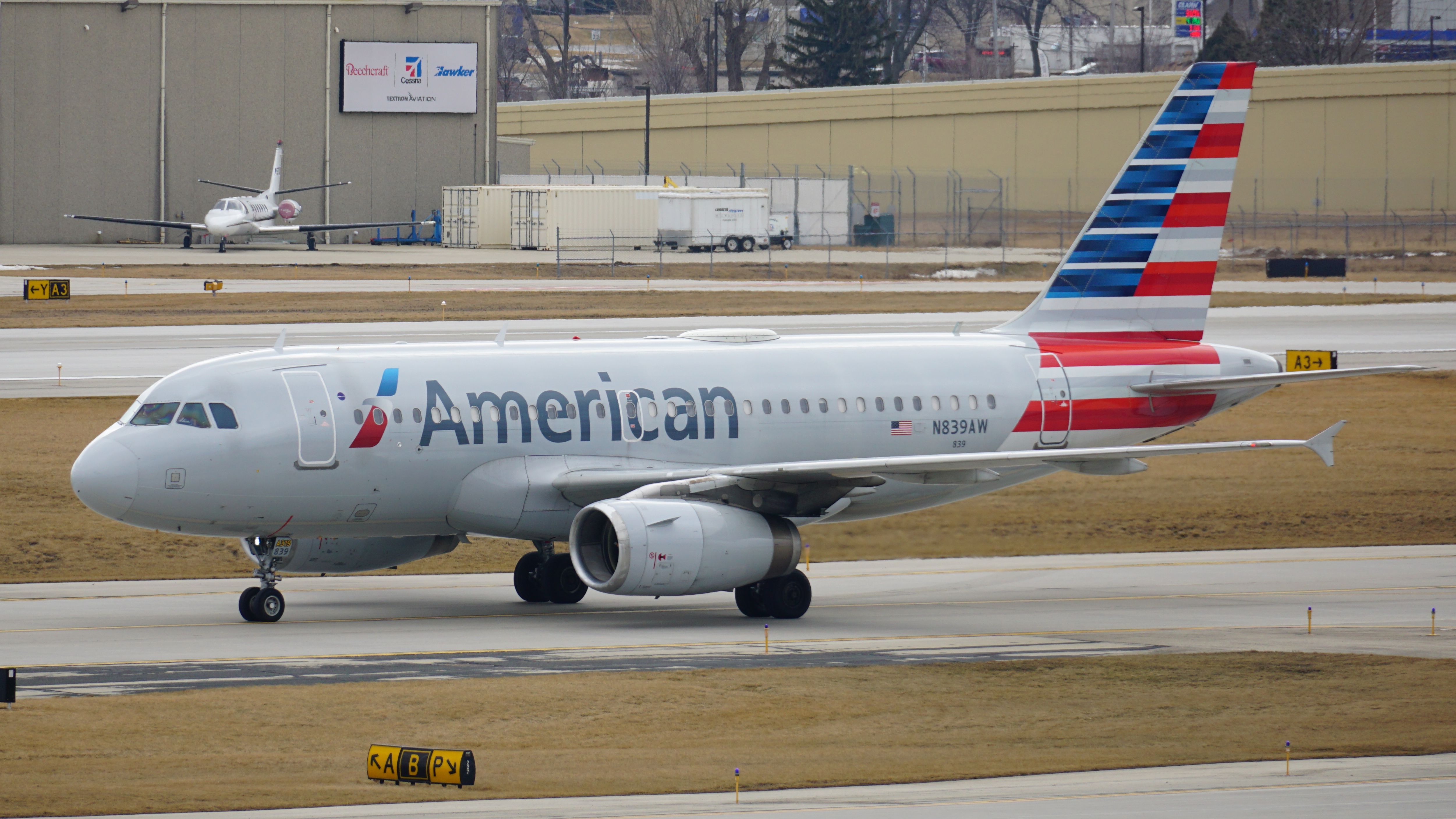An incident at Sarasota Bradenton International Airport in February is under investigation by the US National Transportation Safety Board (NTSB). It involved airplanes belonging to American Airlines and Air Canada Rouge in which one was cleared to land on the runway while the other was cleared to depart simultaneously.
The incident
The NTSB is investigating an incident involving a Boeing 737 of American Airlines and an Airbus A321 of Air Canada Rouge at Sarasota Bradenton International Airport in Florida. On February 16th, the Air Canada Rouge plane was cleared for take-off at the same time when the American Airlines plane was granted permission to land.
It is unknown how close the two aircraft came to one another, and the NTSB says that the American jet "self-initiated a go-around." However, the agency has not exactly termed the incident a runway incursion.
The Federal Aviation Administration (FAA) is also investigating the incident and confirmed to CNN that the air traffic control did clear the Air Canada Rouge plane to depart at the same time as it gave clearance to the American 737 to land on the same runway. CNN quotes FAA as saying,
“After the controller advised the American flight crew that Air Canada was departing, the American flight crew discontinued their landing. The FAA estimates the aircraft were approximately 3,100 feet apart when the American jet began its climb-out.”
Other incidents
Close calls at airports, thankfully, are not common occurrences but are not entirely unheard of either. Last month, the NTSB was investigating a January incident involving a Boeing 777-200 operated by United Airlines arriving in Honolulu from Denver.
The aircraft landed safely at Honolulu International Airport and, after exiting runway 4R, crossed the hold short markers for Runways 8L-26R and 4L-22R on taxiway K, traveling at approximately 19 knots. Shortly after, the 777 crossed runway 4L as a Kamaka Air Cessna 208B Super Cargomaster completed its landing roll on the same runway.
In February, another incident involved a Southwest Airlines Boeing 737 and a FedEx 767 coming within 100 feet of each other at Austin-Bergstrom International Airport.
Tackling the confusion
Given the frequency of such incidents, the FAA announced new guidelines for airport diagram symbology and verbiage to minimize the risk of collisions and incursions at airport 'hot spots' last year.
The agency defined 'hotspots' as "a location on an airport movement area with a history or potential risk of collision or runway incursion, and where heightened attention by pilots and drivers is necessary."
These include hold short line infractions; approach hold issues, complex taxiway configurations, movement-non-movement boundary area issues, tower line of sight problems, and marking and signage issues.
Those interested in learning more about this can read Simple Flying's detailed article on how the FAA tackles runway confusion events.
What are your views on this? Please leave a comment below.
Source: CNN



